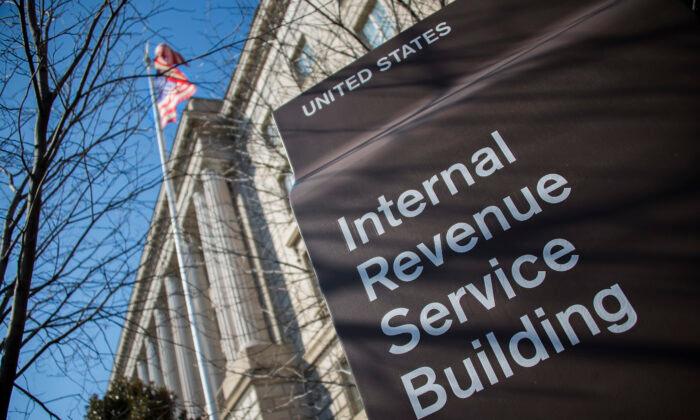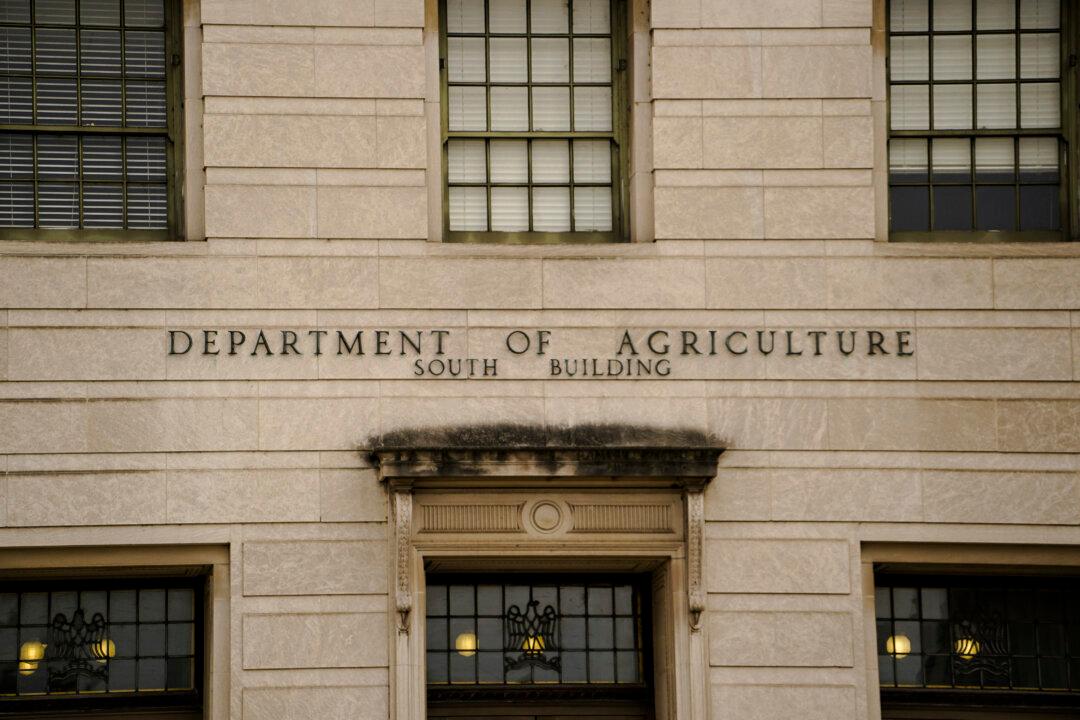The IRS has announced that tax payments for individuals and businesses in parts of Florida affected by Hurricane Idalia can be deferred until Feb. 15, 2024.
The deadline applies to “individuals who had a valid extension to file their 2022 return due to run out on Oct. 16, 2023.”
In addition, “Quarterly estimated income tax payments normally due on Sept. 15, 2023, and Jan. 16, 2024; quarterly payroll and excise tax returns normally due on Oct. 31, 2023, and Jan. 31, 2024; and calendar-year partnerships and S corporations whose 2022 extensions run out on Sept. 15, 2023,” are all eligible for the latest relief.
However, tax payments related to 2022 returns, which were due on April 18, aren’t eligible for this relief.
Making Landfall
Idalia made landfall along Florida’s Big Bend region as a Category 3 storm on Aug. 30. After initially intensifying to Category 4, with maximum sustained winds at 125 miles per hour, the storm has since been downgraded to a Category 1 storm with 90 mph winds.
More than 263,000 people were left without electricity as gusty winds and heavy rain wreaked destruction, snapping trees and signs.
At least three people have been confirmed dead, with two of the deaths reported as separate, rain-related traffic incidents. A third man was killed in Georgia while trying to dismantle a fallen tree as the storm pressed northward.
Based on estimates by the property analytics firm CoreLogic, more than 800,000 homes along Florida’s Gulf Coast could be categorized as at risk for storm damages that could total around $238 billion.
That includes single- and multi-family properties, with the loss estimate including materials, equipment, and labor, although not the value of land.
Additional Relief and Circumstances
Calendar-year corporations whose 2022 extensions run out on Oct. 16 and tax-exempt organizations whose extensions run out on Nov. 15 are also eligible.“In addition, penalties for the failure to make payroll and excise tax deposits due on or after Aug. 27, 2023, and before Sept. 11, 2023, will be abated as long as the deposits are made by Sept. 11, 2023,” the agency said.

Taxpayers with an IRS address record located in the disaster area will be provided the filing and penalty relief without needing to contact the agency.
However, individuals and businesses that recently moved in and have addresses outside the disaster zone could be liable to receive a late filing or late payment penalty notice. In this case, the affected taxpayer must contact the number given on the notice to have the penalty abated.
For taxpayers living outside the disaster zone who have records necessary to meet a deadline occurring during the postponement period within the zone, they need to work out details with the agency.
“Taxpayers qualifying for relief who live outside the disaster area need to contact the IRS at 866-562-5227. This also includes workers assisting the relief activities who are affiliated with a recognized government or philanthropic organization.”
Individuals and businesses with uninsured or unreimbursed disaster-related losses can claim them on either the 2023 return or the return for 2022.
“Taxpayers have extra time—up to six months after the due date of the taxpayer’s federal income tax return for the disaster year (without regard to any extension of time to file)—to make the election. Be sure to write the FEMA declaration number, DR-3596-EM, on any return claiming a loss,” the IRS stated.
As qualified disaster relief payments are excluded from gross income, taxpayers can deduct personal, family, living, or funeral expenses, along with repair or rehabilitation of their home and contents received from a government agency from their gross income amounts.
The IRS is also extending additional disaster relief to taxpayers who participate in a retirement plan or individual retirement account (IRA).
“For example, a taxpayer may be eligible to take a special disaster distribution that would not be subject to the additional 10% early distribution tax and allows the taxpayer to spread the income over three years,” the agency said.
“Taxpayers may also be eligible to make a hardship withdrawal. Each plan or IRA has specific rules and guidance for their participants to follow.”







